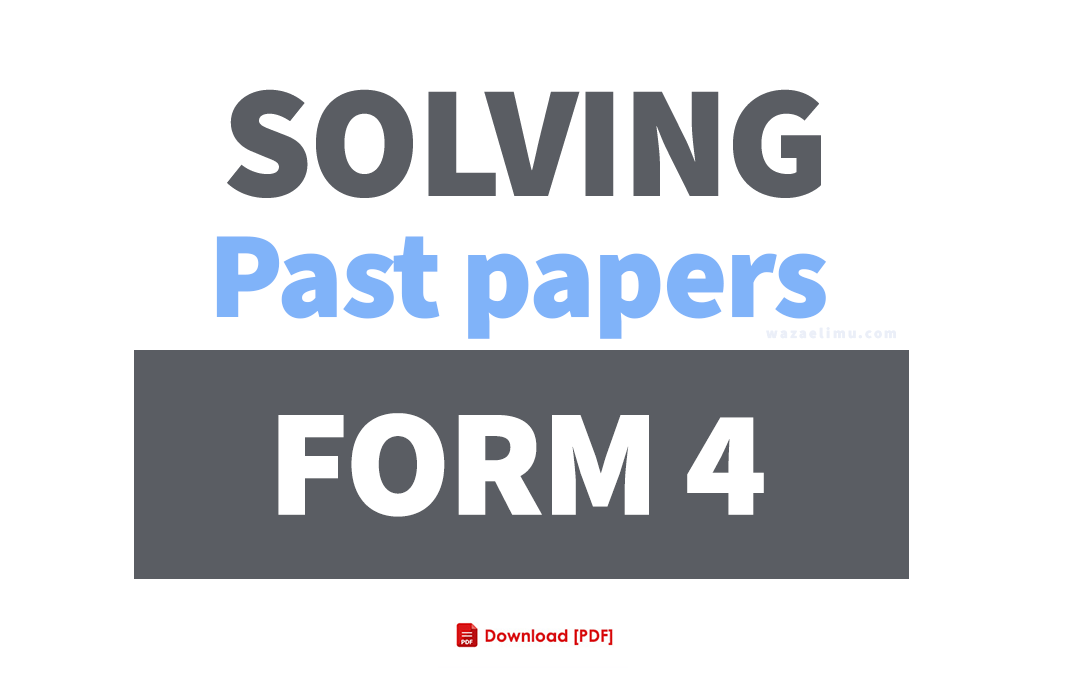
Welcome to Wazaajira.com, are you looking for Form Four Mock and Pre National Exams 2025 with Answers (Solved)? Download past Papers in Wazaajira.com for free in PDF format. Mock past papers are essential for preparation for final examination conducted by National Examination Council of Tanzania (NECTA).
What is solar system?
The solar system comprises planets and other solid objects. The sun is at the center of the solar system. All planets and other solid objects revolve around the sun.
The sun is the main source of all energy on earth. In this chapter, you will learn about the concept of the solar system, the sun, the solar energy, the planets and other bodies around the system. You will also learn about the shape and size of the earth, the earth’s movement, and the parallels and meridians.
The concept of the solar system
During the day, the sun shines and gives light to the planet Earth, which is important to sustaining life. Looking at the sky at night, you will see stars
twinkling and at times bright objects moving. All that we see in the sky forms part of the solar system. The word “solar” comes from a Greek word “sol”, which means the sun.
The solar system refers to the arrangement of planets and other solid objects in space in relation to their positions from the sun. Components of the solar system are the sun, the moon, the stars, the earth and other planets.
Other components of the solar system include asteroids, meteors, comets and natural satellites.
All these objects found in space form an arrangement in relation to their positions from the sun and revolve around the sun (Figure 2.1). As they revolve, they are kept in their orbits by the sun’s powerful force of gravity. An orbit is an elliptical path through which heavenly bodies revolve around the sun.
There are eight planets in the solar system.
These are Mercury, Venus, Earth, Mars, Jupiter, Saturn, Uranus and Neptune. The Earth has one moon which revolves around it.
Some planets also have moons which revolve around them. Moons are natural satellites. All the planets revolve around the sun, each following its own path known as an orbit.
Orbits are not true circles but imaginary paths of elliptical shapes. They are arranged in such a way that no orbit crosses the path of another.
